The prototype. Along with the P32AC and P40DC, the P42DC is part of the Genesis series of locomotives built by General Electric Transportation between 1992 and 2001. A majority of Amtrak trains are powered by at least one GE Genesis unit. The locomotive is 14 inches shorter in height than the General Motors Electro-Motive Division F40PH, the previous Amtrak workhorse, making the Genesis locomotives capable of traveling on virtually every Amtrak route.
First delivered in 1996, the 4,250 hp P42DC is dimensionally identical the 4,000 hp P40DC. In addition to the 208 units built for Amtrak, GE built 21 P42s for Via Rail Canada.
Model details. The dimensions of the Kato model match a prototype P42 builder’s diagram in the 1997 Car &
Locomotive Cyclopedia of American Practices (Simmons Boardman).
Grills and other molded details match prototype photos. Separate detail parts include the 5-chime horn, rooftop antenna, and cab steps, which are removable for modelers who plan to run the engine on tight-radius curves.
There’s clear glazing in all the cab windows, but no windshield wipers. The simplified cab interior includes engineer and fireman seats but no figures.
The P42s have undergone some changes during their 17 years of service. The Kato model represents the prototype as it looks today, including a mini global positioning satellite (GPS) dome and modified nose. When first produced, the P42s had a 1-piece nose section. Starting around 2010, Amtrak modified the P42 with a bolt-on front nose section for easier maintenance. This nose section also has a more rounded headlight housing. Earlier P42s had a clear shield in front of the headlights, and the housing had a more angular “home plate” shape.
The model’s phase Vb paint scheme matches prototype photos and is available with the road number 161, 68, or 188. The printing is crisp and straight. The blue background on the number board is also correct for the model’s era.
This split metal weight runs the length of the locomotive and is attached to a plastic chassis. There are two cutouts on top of the weight for 28mm speakers.
A printed-circuit (PC) board is attached to the top of the weight and has two surface-mounted light-emitting
diodes (LEDs) on each end. Clear and red plastic tubes guide the light to appropriate openings in the body shell.
The GPS dome doubles as a lighting control knob. Normally the headlights, number board, ditch lights, and marker lights are directional. When running the P42 in a multiple-unit consist, the lights can be turned off or set to forward-only. A screwdriver is included to turn the knob.
At the time of this writing, Kato doesn’t have any instructions for converting the direct-current (DC) model that we tested to Digital Command Control (DCC). The company is releasing factory-installed DCC sound versions of the P42 with either an Electronik Solutions Ulm (ESU) or SoundTraxx decoder. The 8-pin plug on the model’s PC board isn’t a DCC socket and doesn’t isolate the motor. It’s used for lighting effects on the factory-installed decoder versions.
UPDATE: Since the publication of this review, Kato has added DCC decoder installation instructions on its website. See http://www.katousa.com/HO/P42/maint/DCC-install.html.
SoundTraxx has also published instruction for installing a TSU-1000 sound decoder into this model. Please visit www.soundtraxx.com for more information.
including springs and bearing caps.
The truck-mounted motor/flywheel/gearbox assemblies are surrounded by die-cast metal, which adds extra weight right over the axles, adding to the overall tractive effort.
The four metal wheels on each truck pick up track power. When a truck is installed metal tabs on the sides connect to metal strips that run along the bottom sides of the locomotive frame and send track power up to the PC board. Black and red track power leads are visible at the back of the motor.
Since they don’t have an iron core to act as a heat sink, coreless motors are more prone to overheating at maximum voltages compared to conventional motors. The Kato P42’s maximum is 12V and shouldn’t be exceeded. This model should also not be run with a DCC system using the analog address (00), because most DCC systems apply voltages higher than 12V to the track.
The motor and flywheel on each truck of the Kato P42 are about a quarter of the size of a conventional motor/flywheel assembly in an HO locomotive. The Kato drive system is also one of the most powerful pullers I’ve run. During force meter tests, the P42 produced 7.2 ounces of drawbar pull, equivalent to 34 HO scale passenger cars, or more than 100 HO freight cars, on straight and level track.
The conventional Kato drive has a reputation for smooth performance. This new drive system is even quieter and accelerates even more smoothly.
The efficiency of the coreless motors was quite evident during testing. With only 0.5V applied to the track, the model crawled at less than 1 scale mph. I ran the model all the way up to its 12V maximum, where it achieved a prototypical 110 scale mph top speed.
The new truck design doesn’t show any signs of binding or power pickup issues. The P42 ran through a 18″ curve (with cab ladders installed) and no. 6 turnouts without difficulty.
This HO scale P42 is an accurate model, and the coreless motor drive is a standout feature. With its compact size and excellent pulling performance, the design holds a lot of potential.
Subscribers to Model Railroader Video Plus can watch this in-depth product review video.
Manufacturer
Kato USA
100 Remington Rd.
Schaumburg, IL 60173
www.katousa.com
Era: 2010 to present (as detailed)
Features
- All-wheel drive and electrical pickup
- Available with factory-installed DCC sound decoder
- Blackened metal wheels in gauge
- Dual coreless, truck-mounted motors with flywheels
- Kato magnetic knuckle couplers with modeler-installed trip pins at correct height
- Light-emitting diodes (LEDs) illuminate number boards, headlight, ditch lights, and marker lights
- Minimum radius: 143⁄5″ (370mm)
- Weight: 1 pound 6 ounces





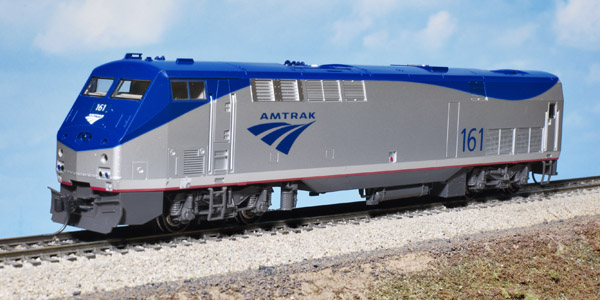
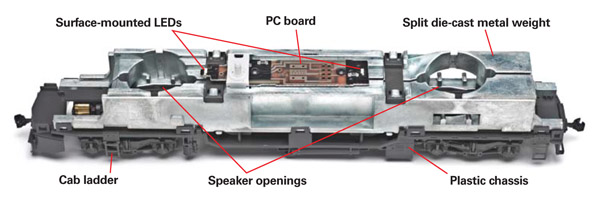
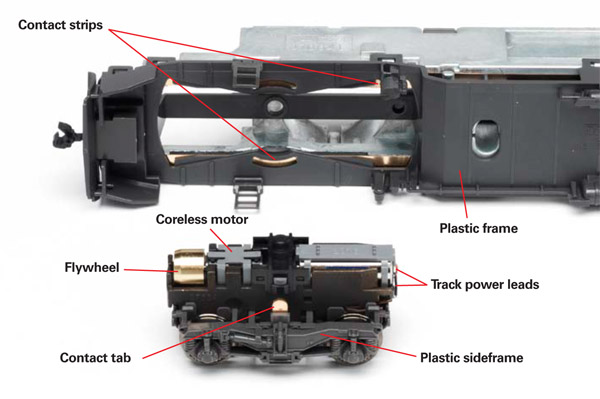
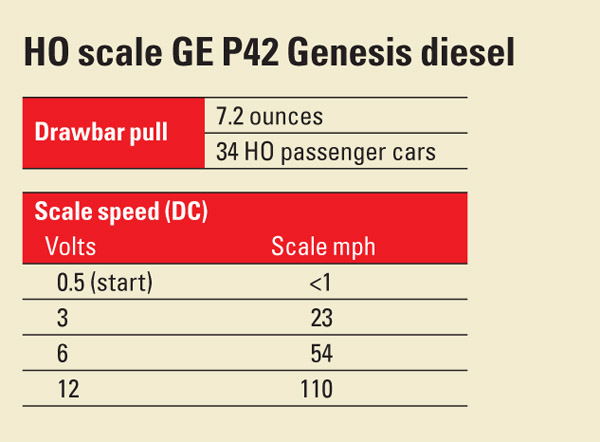

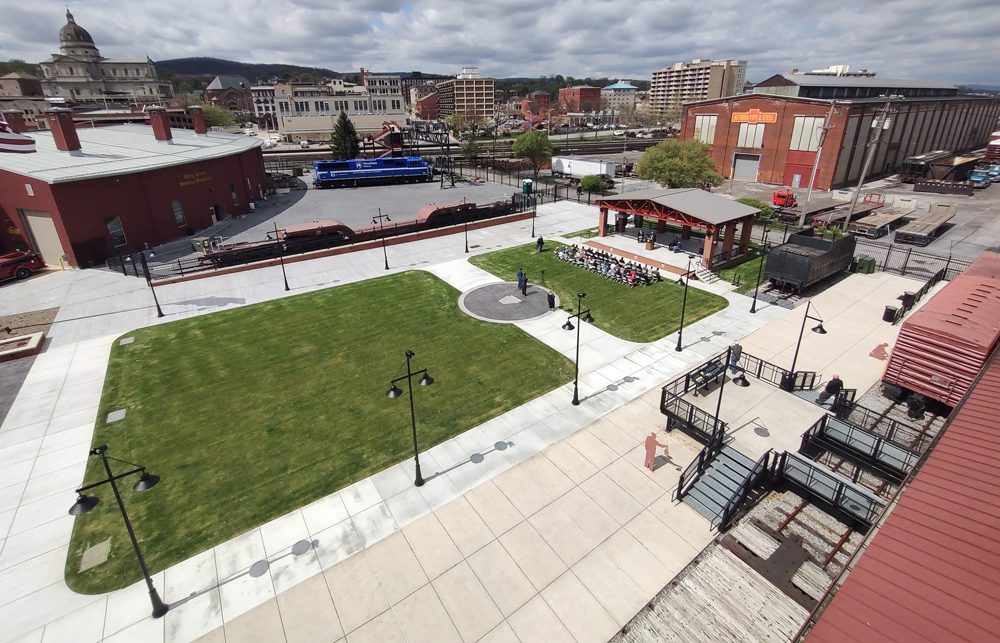
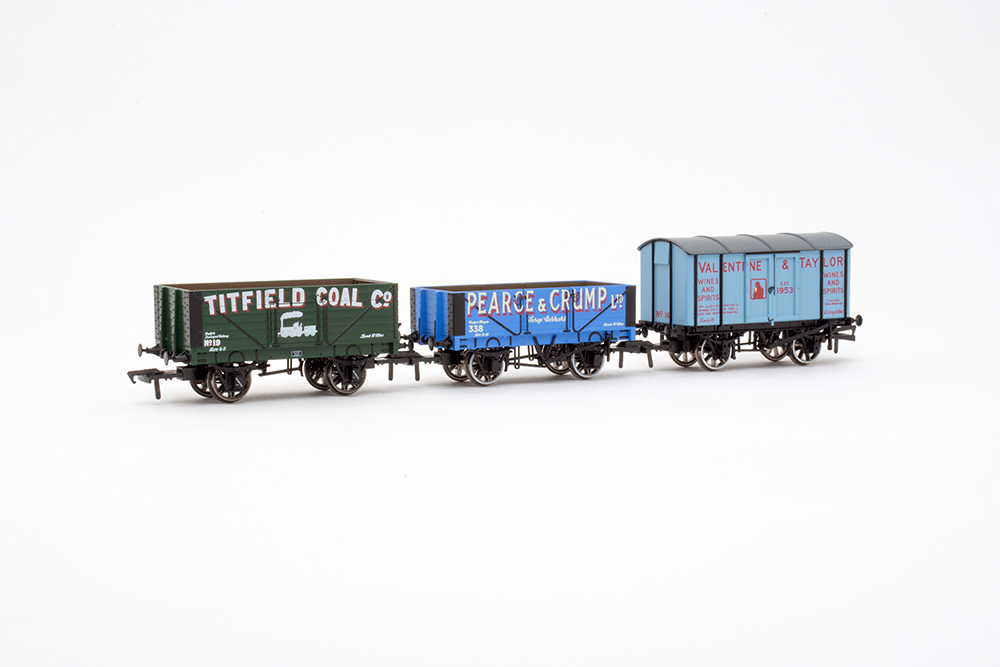
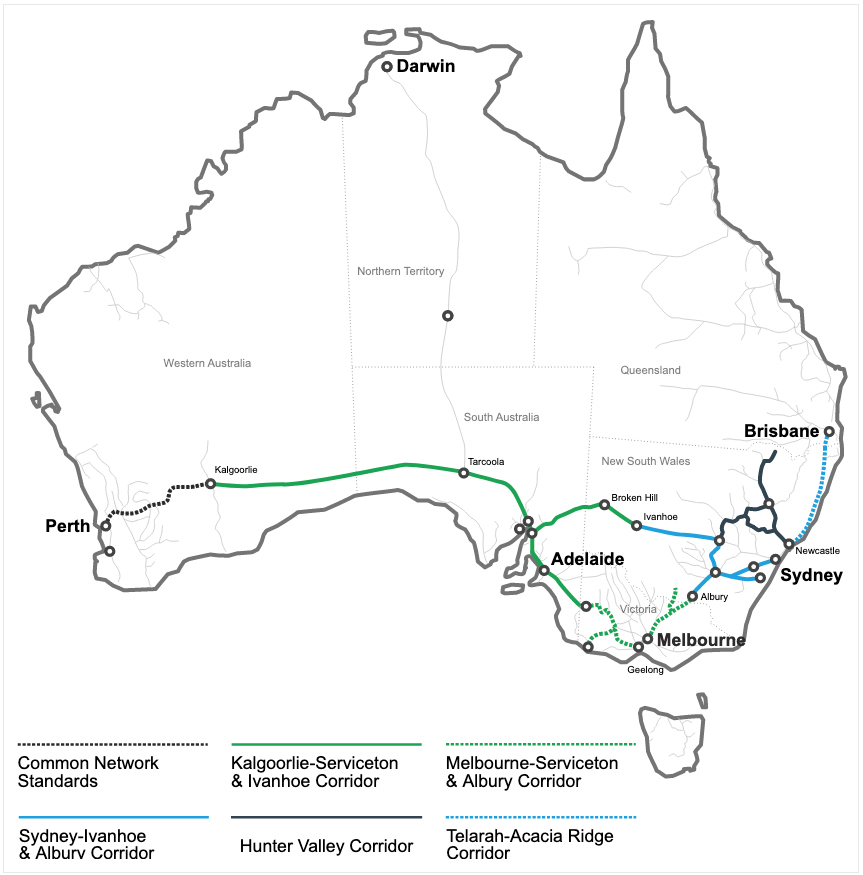
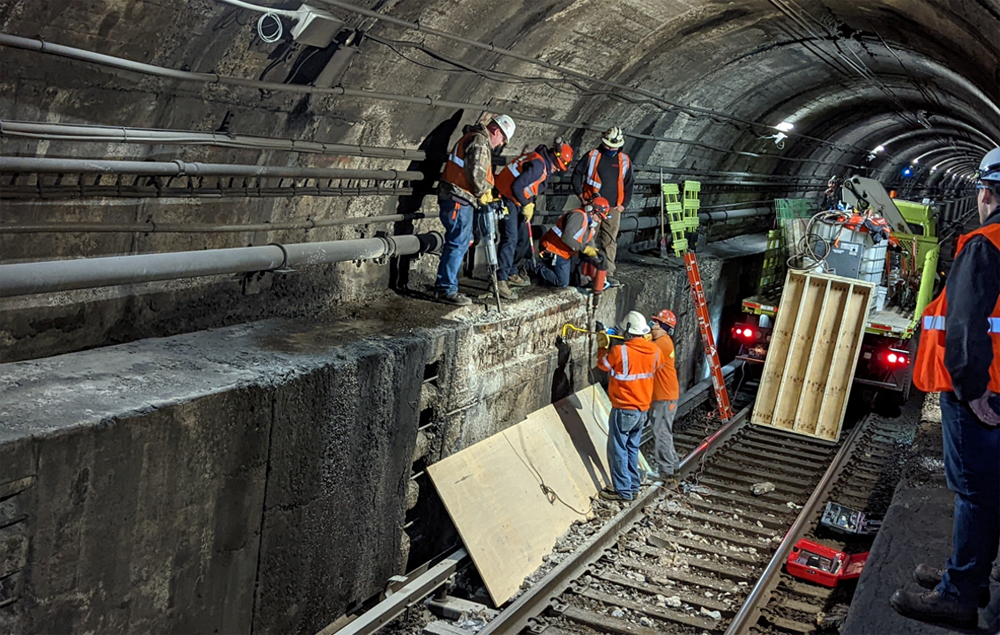




I am in the process of converting the DC version to DCC. To an amateur modeler this is virtually a mission impossible. I have since purchased 2 P42's Equipped with sound, and DCC, and using one of them as a guide for the non DCC model . If KATO is to release future runs, I would suggest they do like Athearn , and have the trucks wired into the circuit board, and have sockets to put the harness to put decoder in, or have harness installed with a dummy plug to be removed for a decoder. Please bear in mind the future of model railroading is DCC. I am ,however, more than satisfied with their pulling power
Chad, no offense sir, but that's garbage. Athearn, Atlas , Intermountain etc have no prob adding those details INSTALLED and their prices dont come no where near that….even if you are mentioning MSRP prices. Kato wouldnt even include them for the modeler. You cant sugarcoat this model. Sorry, this model was made for the Bachmann/TYCO type modelers that dont care.
Addendum to comment on 8/21/2013 1:43:40 PM (CST):
Have now decided yet more pictures of the Kato and Walthers "New Plated Finish" (Walther) AMTK Passenger Car's to put on the website online. However, only the pictures of the prototype of the conversions of a Kato and Walthers Passenger Car's. Which is still partially visible in the pictures cables are now Places like that. This one hardly sees more – only on very close watch out. Likewise, no function decoder is not installed, for DCC. I once ordered 10 pcs of Kato FL12 decoder. that have not yet arrived until now. In the hope that you can connecting to encompass not just the house "own" Kato interior lighting, interior lighting but also strangers …
So my "The Southwest Chief" is complete. And now awaiting the two P42 … which look promising. Whether they are there then. I see if they are there.
in between … I build the Passenger Car's a LED neon interior lighting-wise. I do not use the Walthers and Kato interior lighting. Since this is the luminance (brightness) can not be adjusted. Pictures of the Converted Passenger Car's can be found on my website. Currently I only have pictures of a Passenger Car. More will follow as soon as the NEW Website is online.
Currently, only the OLD Website Online … supplemented only if required and will be kept up to date.
Link: http://www.bnsf-modellbahn.ch (Translate Tool is available on the website)
Chris, I am an engineer up in DC… Those small details like see through vents, wipers, MU hoses, etc. is what separates a $315 locomotive and a $400+ locomotive… after all, their goal is to have you buy all three, not just one because the price is so high… obviously people like them and Kato has got a good response from them cause they already have set up some of the heritage schemes to be released… I am sure someone will come up with a detail kit to add a few details or the athearn kit will probably work… but for me, a few minor differences is okay with me… I am just really happy to have a quality replication without the Athearn drivetrain…
my close friend just purchased a p42 with the coreless motors, what an awsome update to motive power. I can't wait very long for replacement power trucks like this for EMD f3's,f7's, jeep 7 and 9, etc. kato please try to produce Alco PA and PA-B's with this same technology. i also like the ability to correctly alter directional lighting for lead,intermediate and trailing units of a consist. prototype settings. lead on Kato!
These locomotives are the thing to buy. I hope to buy three of the locomotives at some point. They are great looking locomotives and they would be nice to add to my collection of different Amtrak locomotives I own. i would enjoy running these with all the Amtrak cars I own. I know they have the first two heritage series locomotives (Phase 1 and Phase 2) which look terrific on any model railroad and I can't wait until the next two (Phase 3 and Phase 4) come out in the months to come.
You guys should look at the details more. Molded on truck details and handrails. Chunky underframe detailing. Incorrect plow. No extra details like windshield wipers, MU hoses, etc that have been standard Kato accessories forever? The large intake grill on the sides at the rear is incorrect. It should be see thru from top to bottom….not just the middle third. MR should have done a better job inspecting this loco before they made this report. All Kato put effort into was the drive system. And I work on the real P42's for a living…so I know.
It looks like a very powerfull model. Good performer on layout….but waiting for some missing details: windshield wipers and side mirrow….where are they? Why no air & MU connection? This model looks like undress…. Hope Kato will fix this.
Sergio, Italy
Ever since I had heard of the benefits and power of a coreless motor for electric model trains I have been waiting for some other main stream model train manufacturer , besides Marklin whose models are Germany prototype, to step up to the plate and produce something similar to what Kato has done. I can't wait to buy one of these beauties. MR's review only adds to the excitement.
It sounds like a FANTASTIC model & the coreless drive system accuratly replicates how real locomotives work. Love to see this thing in action on company layout!
What happens when one motor works more efficiently than the other? We at the R/C cars side of the electric hobby have that problem. Other than that I think that's an awesome approach to a new age of model locomotives and is more prototipical to the real one in that case!
A beautiful piece off technology……Kato has raised the bar once again to produce something so fascinating. I'm awaiting the DCC version with Tsunami sound as a new addition to my commuter service….
Hmmmmmm…… Interesting!
its on order and i can not wait
I order one already. I can't wait to see it and test it! Something revolutionary.
The P42 locomotive from Kato sounds nice and interesting. I would add this item to my Amtrak rolling stock. Thanks for the info.
I remember Tyco did this with an EMD "F" unit in the early sixties. The model was the blue freight and yellow cat wiskers paint scheme. Each truck had its own motor, and two wheels on each truck had traction tires, so electrical pickup was split between the two trucks. Dirty track could be a problem, but the locomotive could pull a wall down! Worm gears on the motor shaft rode directly on axle spur gears so there wasn't a very good gear ratio resulting in extremely high top speeds. It was quiet though. I like Kato's approach with the coreless motors with their smaller diameter and all that room now available in the shell for more sound!
Kato is noted for VERY smooth running locomotives, but very "clunky" handrails and grabs – how do these look on the P42DC?
Thanks for the information on this new locomotive. Sounds real interesting.
Send me one. I would like to try it!
Sounds like a great model.
Nice… but damned pricy.
The motorized trucks re just great! It can be used to increase power on long or heavy trains! Kato das done another grat job!
I've been using LiPo batteries and NWSL decoder/rf receivers in my O-scale loco's and I love it. No more wiring layouts. I think this is the start of the HO revolution in that direction. Coreless motors use about half the voltage of regular DC motors. I've wanted to convert my HO loco's to straight battery, and thought about using only 7.4volt-2 cell LiPo. I was going to use Kato N-scale motors on each end to make room for the batteries. That's what this new loco looks like to me. Take out the weight, and install the largest LiPo battery that will fit. With 7.4 volts, you'd have no trouble getting good performance from this loco. Thats my thoughts, anyway!